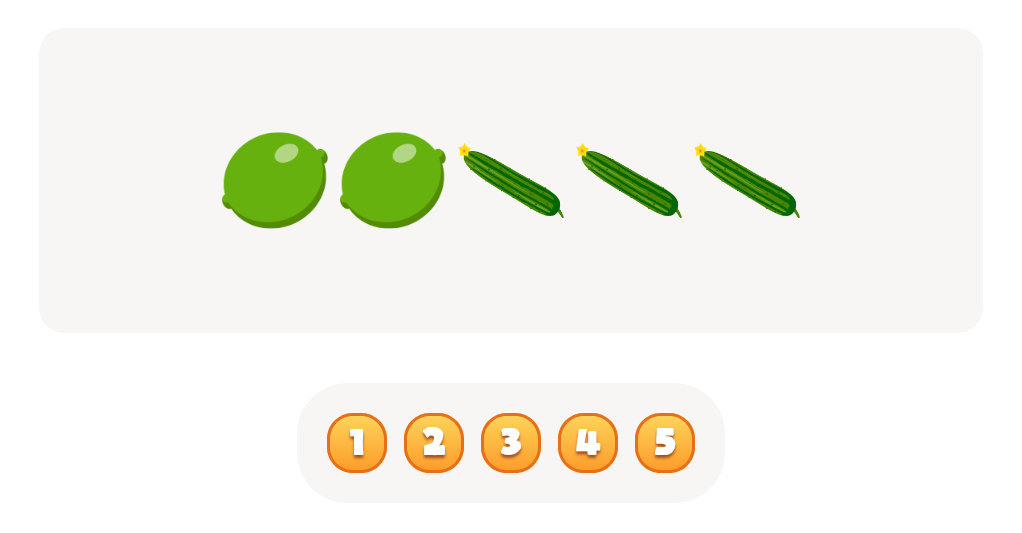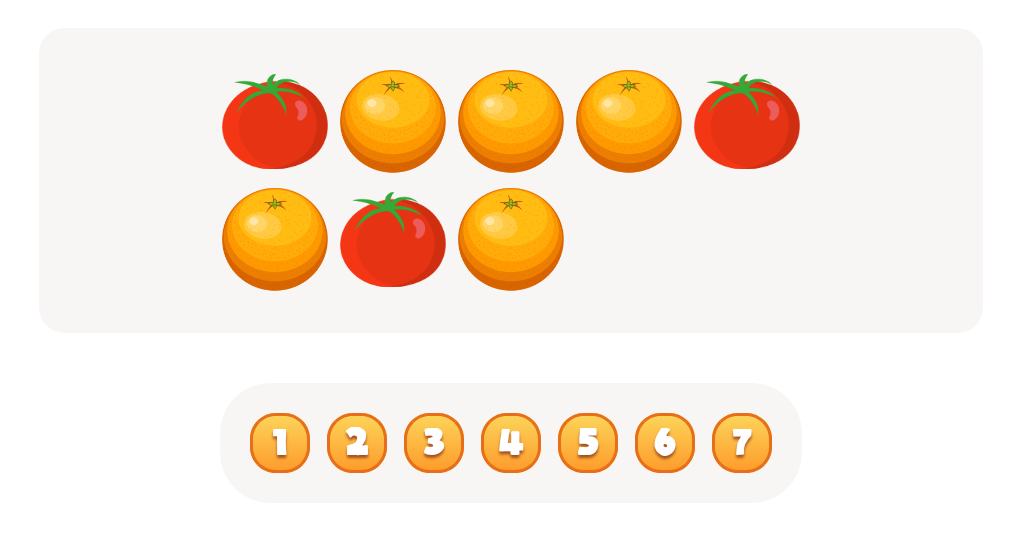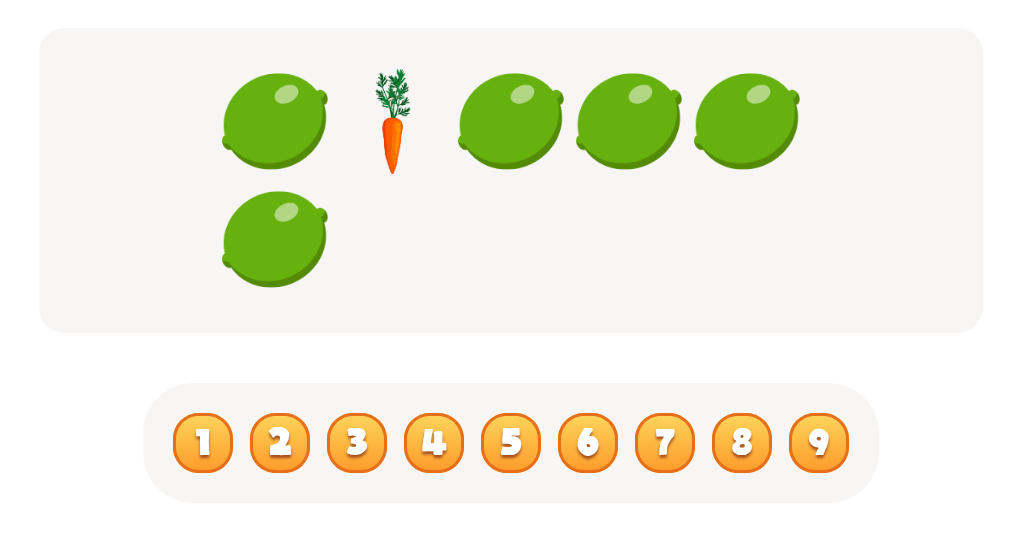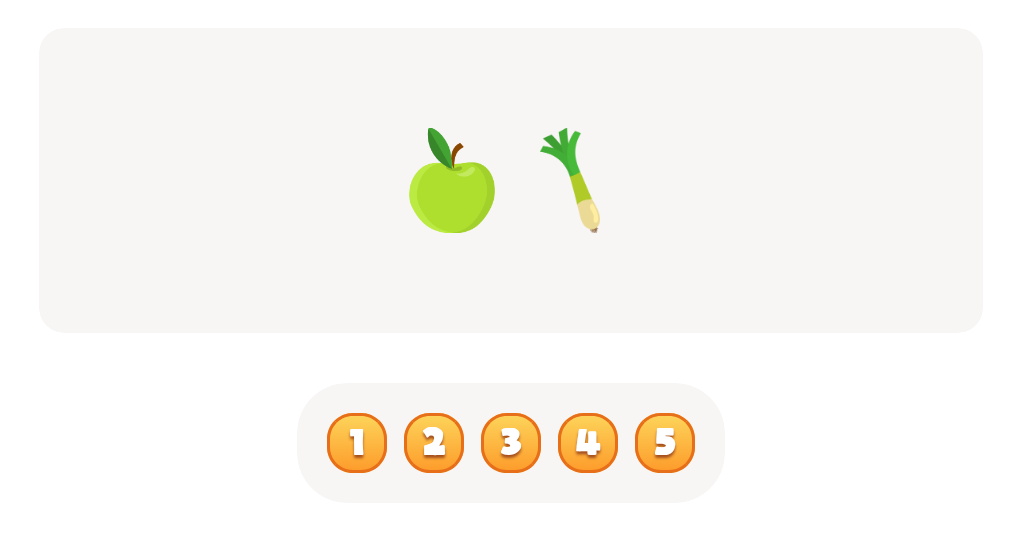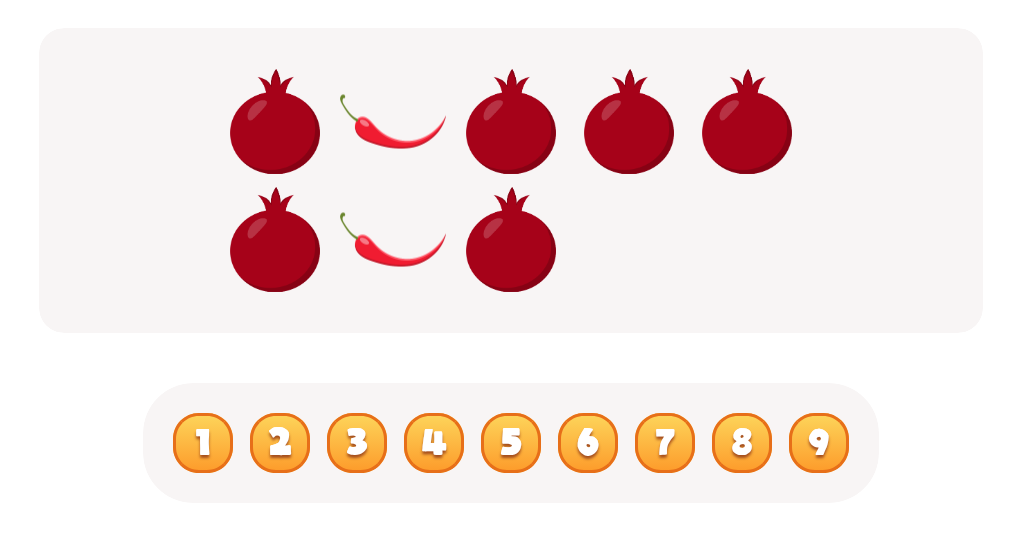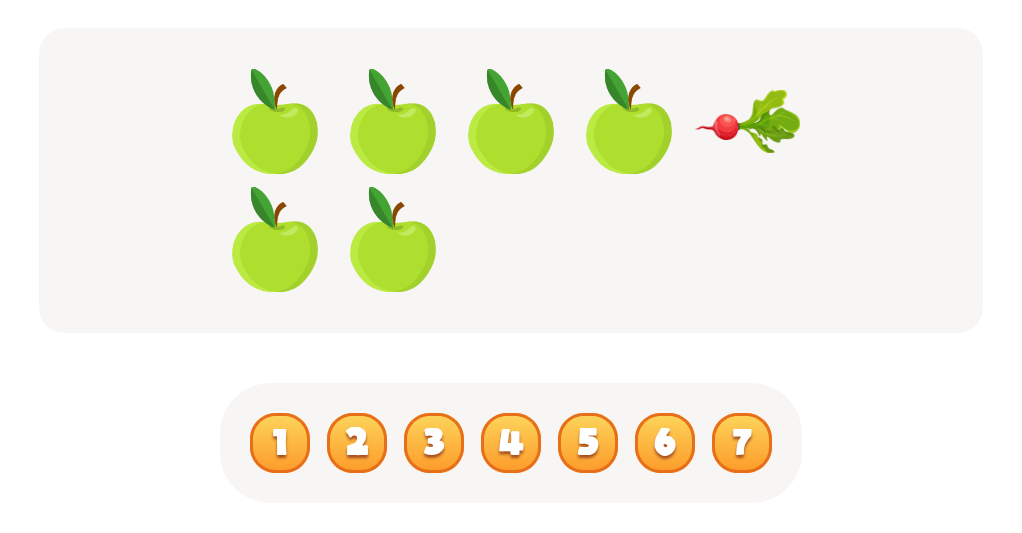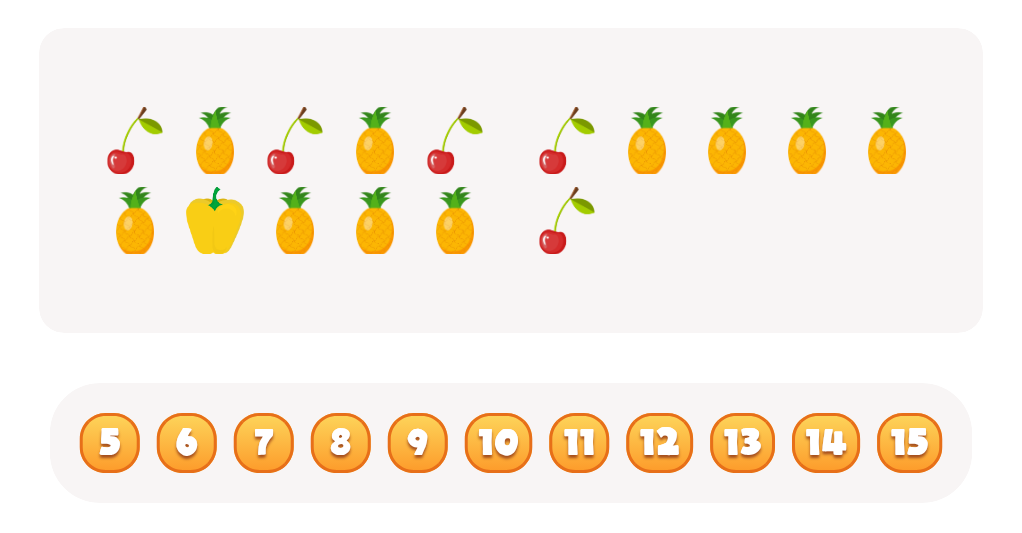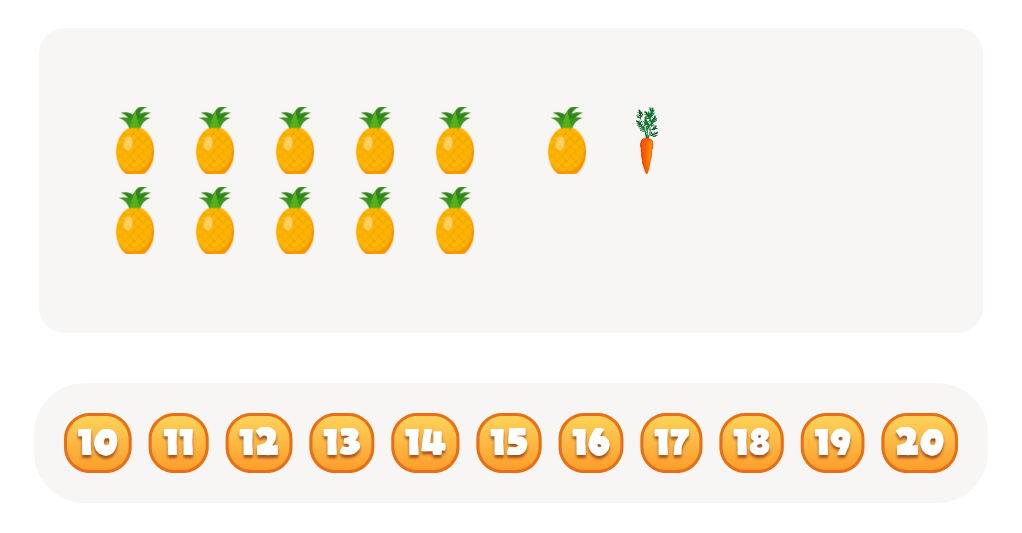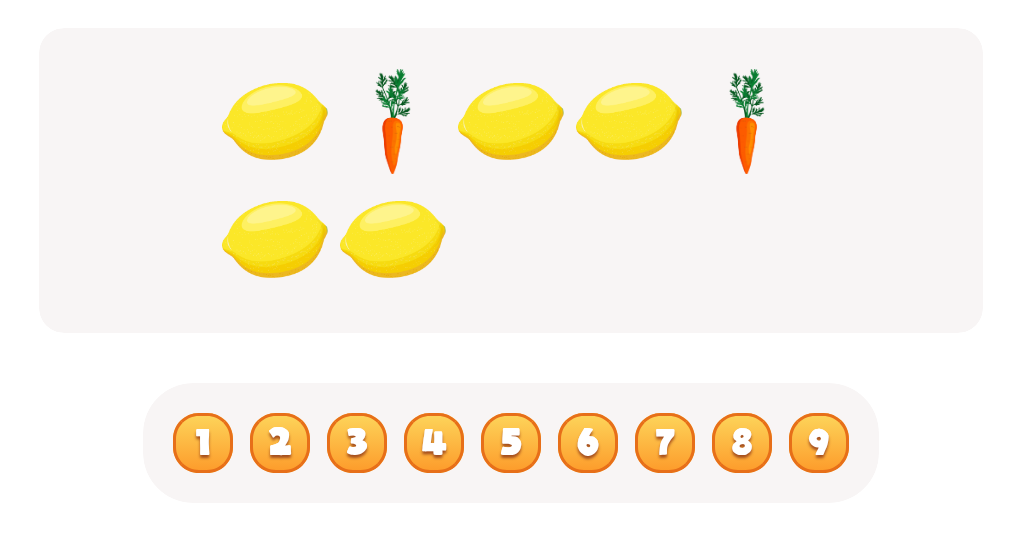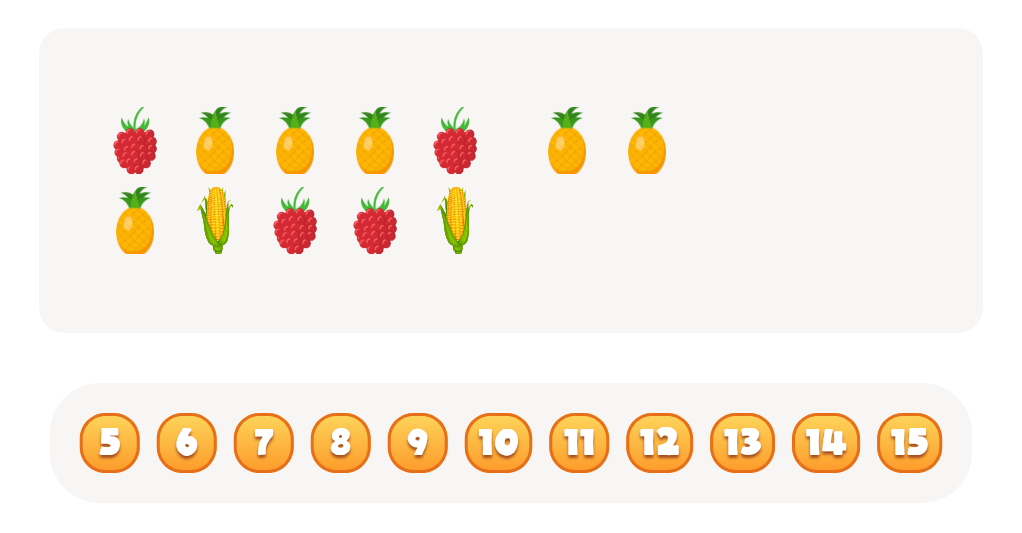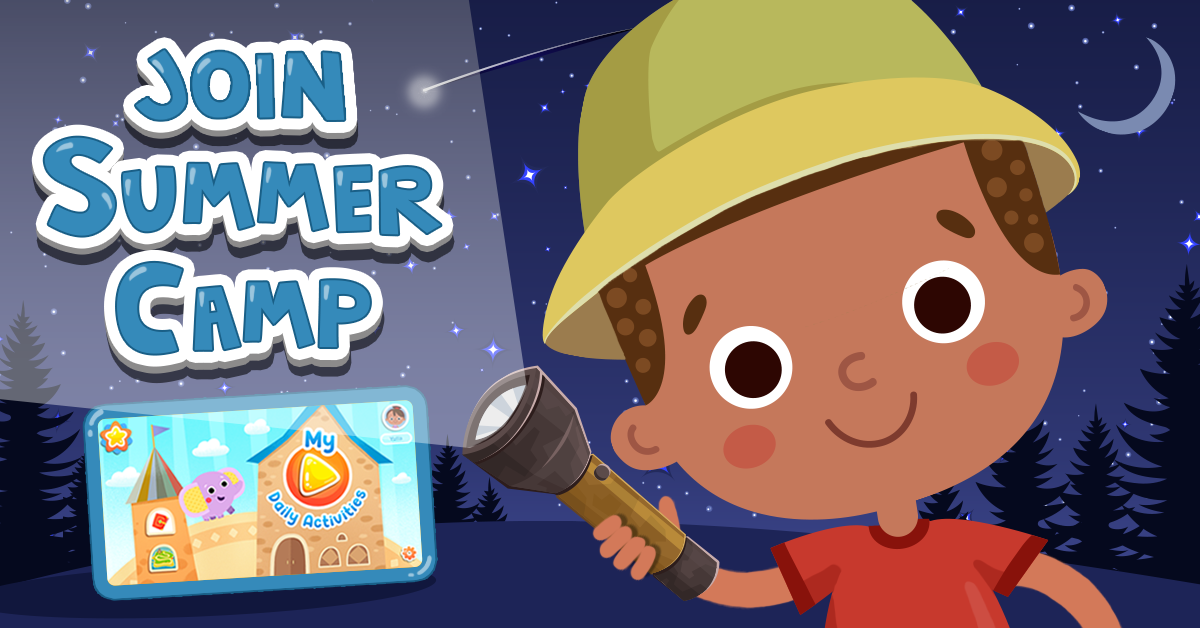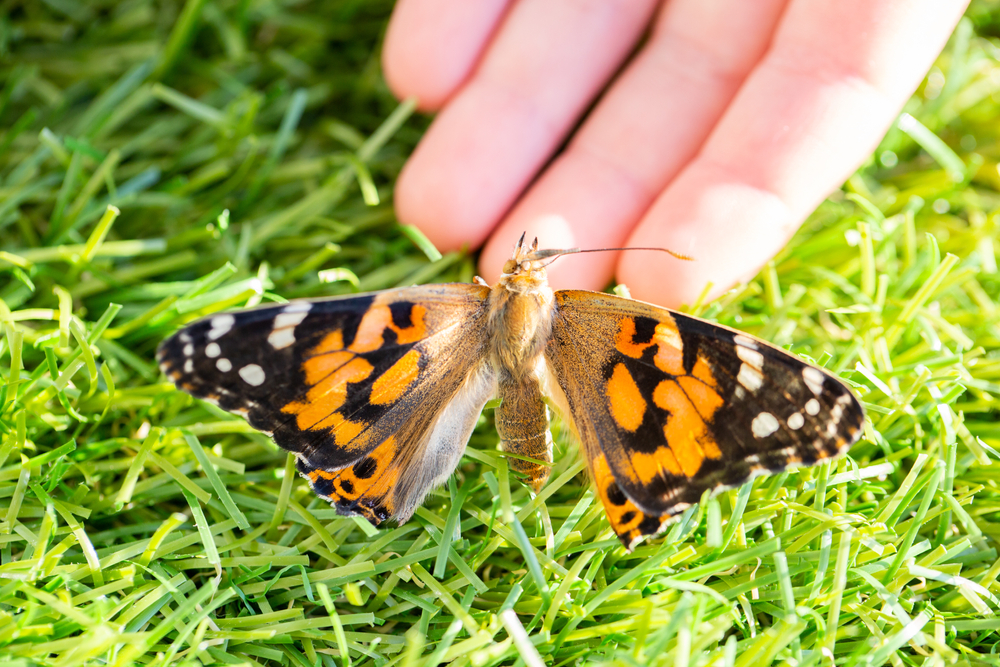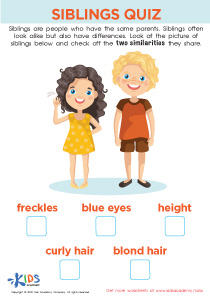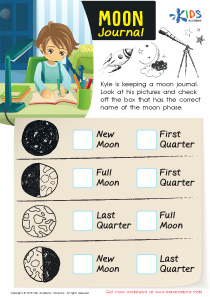Understanding pollination Plants and Animals Worksheets for Ages 5-9
3 filtered results
-
From - To
Introduce young learners to the fascinating world of pollination with our "Understanding Pollination: Plants and Animals Worksheets for Ages 5-9”. These engaging and educational worksheets help children explore how plants and animals interact through pollination. Each activity is designed to build foundational science skills and ignite curiosity in biology. Featuring bright illustrations and simple explanations, these resources are perfect for hands-on learning at home or in the classroom. Through fun puzzles, matching games, and drawing exercises, kids will gain a clear understanding of pollination processes and the essential role bees, butterflies, birds, and other pollinators play in nature.
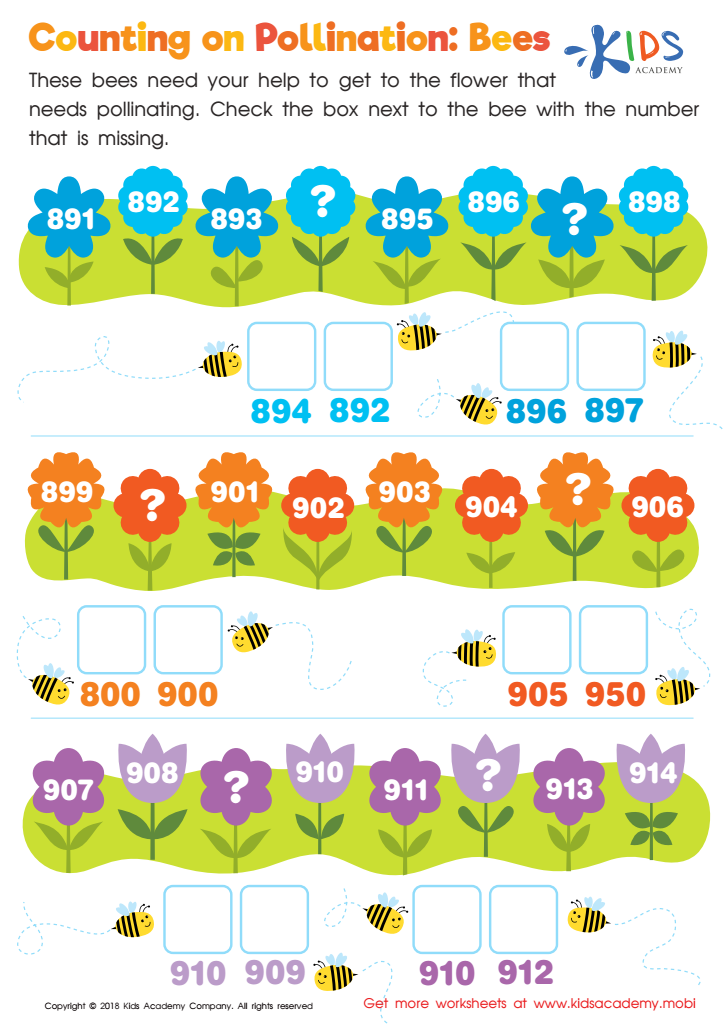

Counting on Pollination: Bees Worksheet
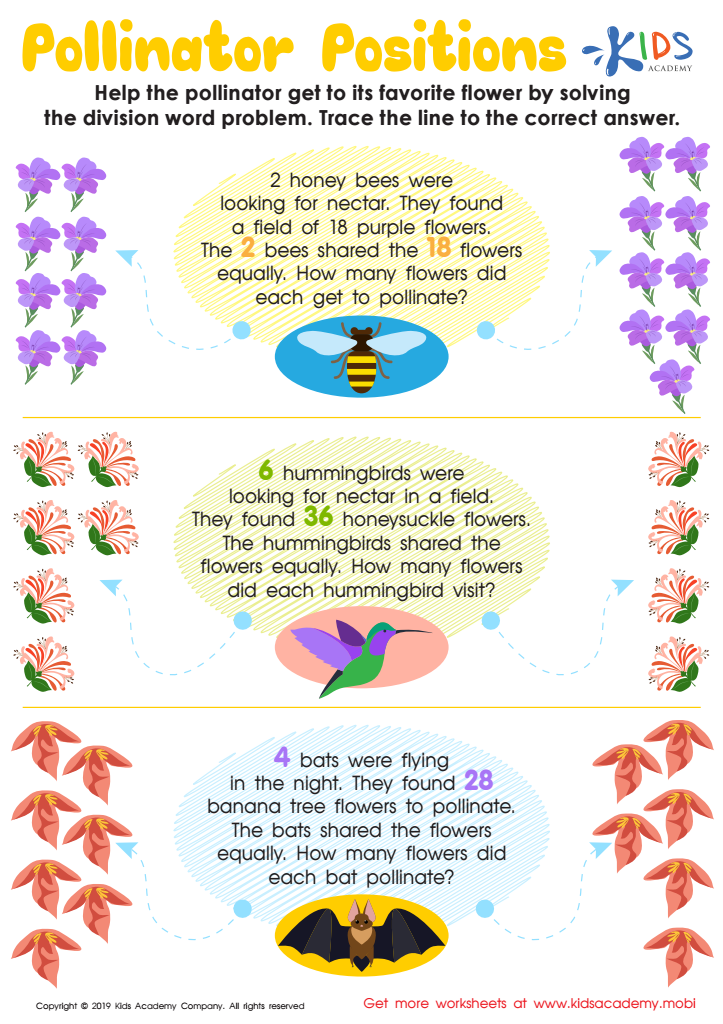

Pollinator Positions Worksheet
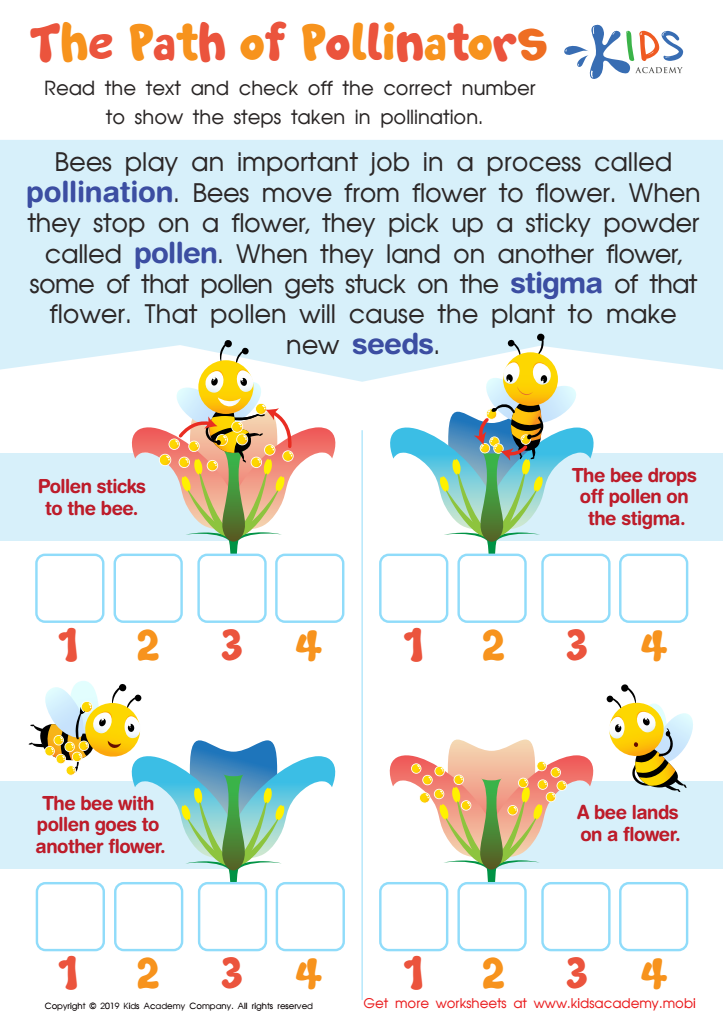

The Path of Pollinators Worksheet
Understanding pollination is crucial for children aged 5-9 as it opens the door to vital ecological knowledge and nurtures a sense of environmental stewardship. At this formative age, kids are naturally curious about the world around them, making it the perfect time to instill foundational concepts in biology and interdependence within ecosystems.
Pollination, the process by which plants reproduce and produce fruits and seeds, is a basic yet critical facet of our environment. By learning about the role of bees, butterflies, bats, and even wind in transferring pollen, children gain appreciation for these creatures and their indispensable contributions to the ecosystem. This awareness promotes respect for biodiversity and teaches kids the importance of protecting various species, especially pollinators facing decline.
Educational activities centered around pollination can be hands-on and engaging, from planting flowers to observing insects in nature. These activities foster critical thinking, scientific observation, and help develop fine motor skills. Moreover, understanding pollination instills early lessons in food security, as many crops rely on pollinators.
Ultimately, grasping the concept of pollination connects young learners to larger environmental issues and encourages them to become informed and active custodians of their planet. For parents and teachers, imparting this knowledge commingles fun with education, seeding lifelong values of curiosity, respect, and earth-mindedness in children.
 Assign to My Students
Assign to My Students
